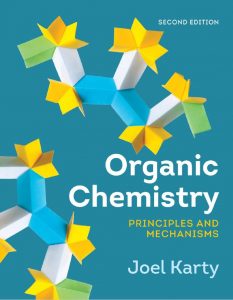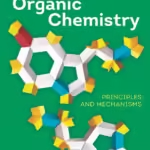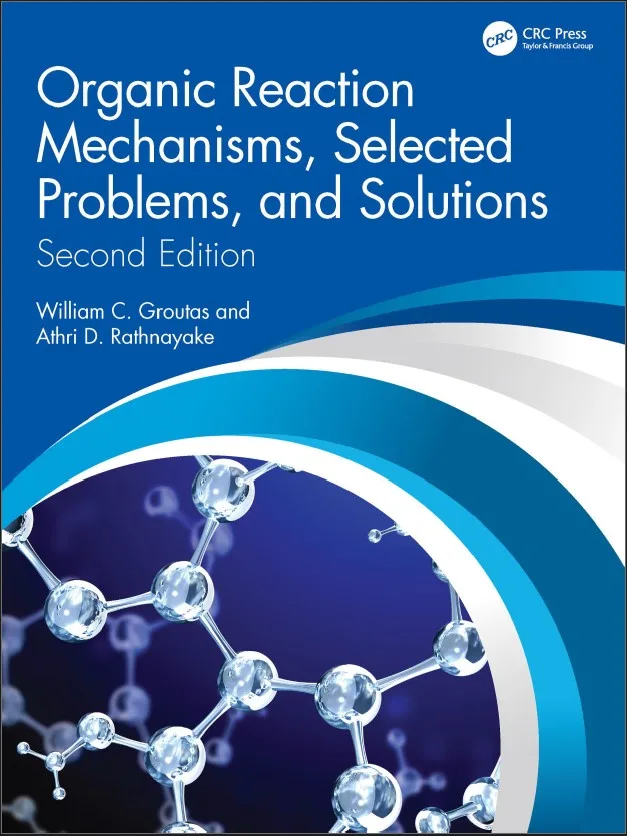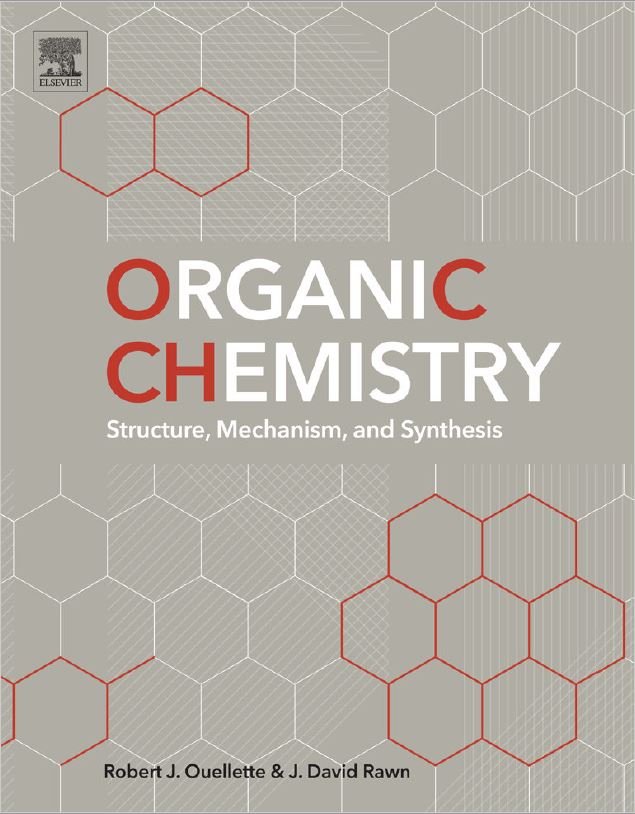 Free download Organic Chemistry: Principles and Mechanisms (2nd Edition) written by Joel Karty in pdf.
Free download Organic Chemistry: Principles and Mechanisms (2nd Edition) written by Joel Karty in pdf.
As per a reader’s review “this textbook was so helpful to me in both semesters of organic chemistry. It is the best textbook I have ever used. The practice problems are great and prepared me so well for my organic tests. That being said, I would highly recommend getting the solutions manual, too. I wish all of my textbooks were as helpful as this one has been.
I was scared for organic chemistry, but this book made all the difference. I can’t recommend it enough!”
As per writer, “when an organic reaction is presented to a novice, only the structural differences between the reactants and products are immediately apparent. Students tend to see only what happens, such as the transformation of one functional group into another, changes in connectivity, and aspects of stereochemistry. It should therefore not be surprising that students, when presented reactions, are tempted to commit the reactions to memory. But there are far too many reactions and accompanying details for memorization to work in organic chemistry.
My goal in writing this book is to support instructors who are seeking what I was seeking: getting students to use mechanisms to learn organic chemistry in order to achieve better performances and to have better experiences in their organic courses. Using a functional group organization to achieve these outcomes can be an uphill battle because of the high priority that it inherently places on functional groups. This textbook, on the other hand, allows students to receive the same message from both their instructor and their textbook — a clear and consistent message that mechanisms are vital to success in the course.”
Contents
- Atomic and Molecular Structure
Interchapter A Nomenclature: The Basic System for Naming Simple Organic Compounds: Alkanes, Haloalkanes, Nitroalkanes, Cycloalkanes, and Ethers - Three-Dimensional Geometry, Intermolecular Interactions, and Physical Properties
- Orbital Interactions 1: Hybridization and Two-Center Molecular Orbitals
Interchapter B Naming Alkenes, Alkynes, and Benzene Derivatives - Isomerism 1: Conformational and Constitutional Isomers
- Isomerism 2: Chirality, Enantiomers, and Diastereomers
Interchapter C Stereochemistry in Nomenclature: R and S Configurations about Asymmetric Carbons and Z and E Configurations about Double Bonds - The Proton Transfer Reaction: An Introduction to Mechanisms, Thermodynamics, and Charge Stability
- An Overview of the Most Common Elementary Steps
Interchapter D Molecular Orbital Theory, Hyperconjugation, and Chemical Reactions
Interchapter E Naming Compounds with a Functional Group That Calls for a Suffix 1: Alcohols, Amines, Ketones, and Aldehydes - An Introduction to Multistep Mechanisms: SN1 and E1 Reactions and Their Comparisons to SN2 and E2 Reactions
Interchapter F Naming Compounds with a Functional Group That Calls for a Suffix 2: Carboxylic Acids and Their Derivatives - Nucleophilic Substitution and Elimination Reactions 1: Competition among SN2, SN1, E2, and E1 Reactions
- Nucleophilic Substitution and Elimination Reactions 2: Reactions That Are Useful for Synthesis
- Electrophilic Addition to Nonpolar π Bonds 1: Addition of a Brønsted Acid
- Electrophilic Addition to Nonpolar π Bonds 2: Reactions Involving Cyclic Transition States
- Organic Synthesis 1: Beginning Concepts
- Orbital Interactions 2: Extended π Systems, Conjugation, and Aromaticity
- Structure Determination 1: Ultraviolet–Visible and Infrared Spectroscopies
- Structure Determination 2: Nuclear Magnetic Resonance Spectroscopy and Mass Spectrometry
- Nucleophilic Addition to Polar π Bonds 1: Addition of Strong Nucleophiles
- Nucleophilic Addition to Polar π Bonds 2: Weak Nucleophiles and Acid and Base Catalysis
- Organic Synthesis 2: Intermediate Topics in Synthesis Design, and Useful Redox and Carbon–Carbon Bond-Formation Reactions
- Nucleophilic Addition–Elimination Reactions 1: The General Mechanism Involving Strong Nucleophiles
- Nucleophilic Addition–Elimination Reactions 2: Weak Nucleophiles
- Aromatic Substitution 1: Electrophilic Aromatic Substitution on Benzene; Useful Accompanying Reactions
- Aromatic Substitution 2: Reactions of Substituted Benzene and Other Rings
- The Diels–Alder Reaction and Other Pericyclic Reactions
- Reactions Involving Free Radicals – Interchapter G Fragmentation Pathways in Mass Spectrometry
- Polymers
Free download Organic Chemistry: Principles and Mechanisms (2nd Edition) by Joel Karty in pdf from following download links.
Follow these instructions to unlock the download links. Sometimes download link(s) is/are not visible on mobile devices, so if you face this issue, kindly do visit this page via laptop/desktop computer.
Password for Download Links: chemistry.com.pk
File Size: 169MB. Pages: 1587. Download Instructions. Please read Disclaimer.
You may also like to download the following books for free:
- Organic Chemistry: Principles and Mechanisms (3rd Ed.) by Joel Karty
- 100 Must-Know Mechanisms in Organic Chemistry By Roman A. Valiulin
- Organic Chemistry – Mechanistic Patterns By William Ogilvie, Nathan Ackroyd, C. Scott Browning, Ghislain Deslongchamps, Felix Lee and Effie Sauer
Free Download Hundreds of Best-Selling Biology and Chemistry Books from HERE.
P.S: If the download link(s) is/are not working, kindly drop a comment below, so we’ll update the download link for you.
Happy downloading!


